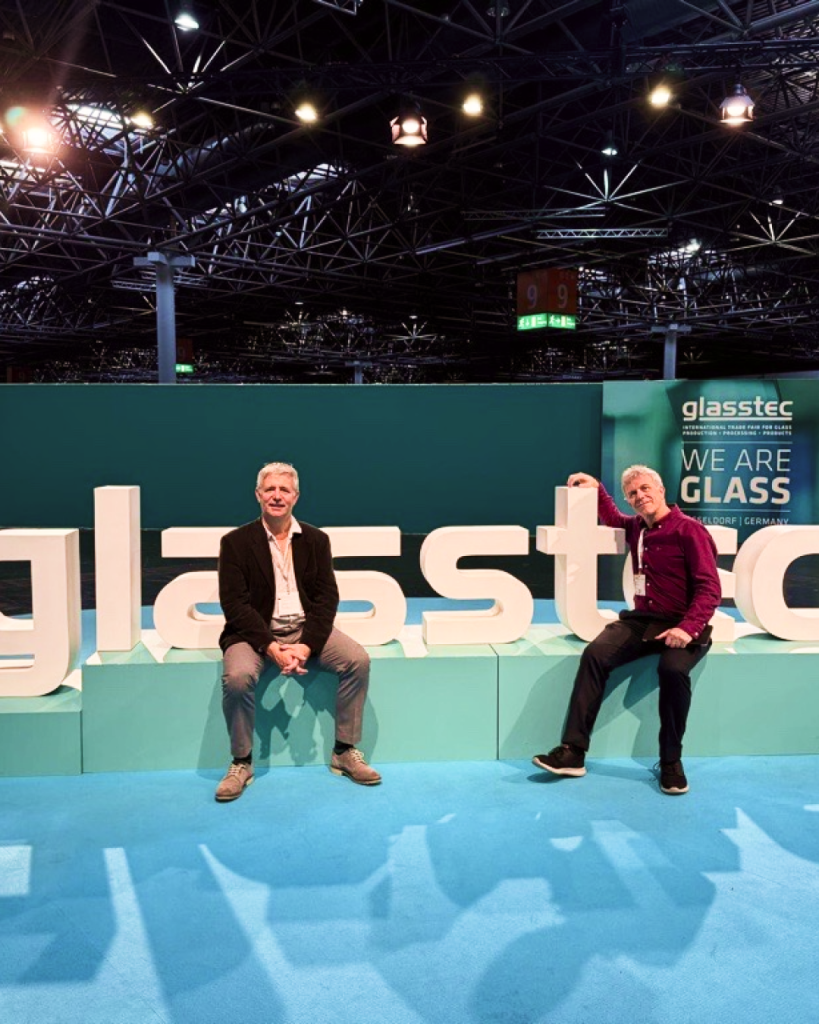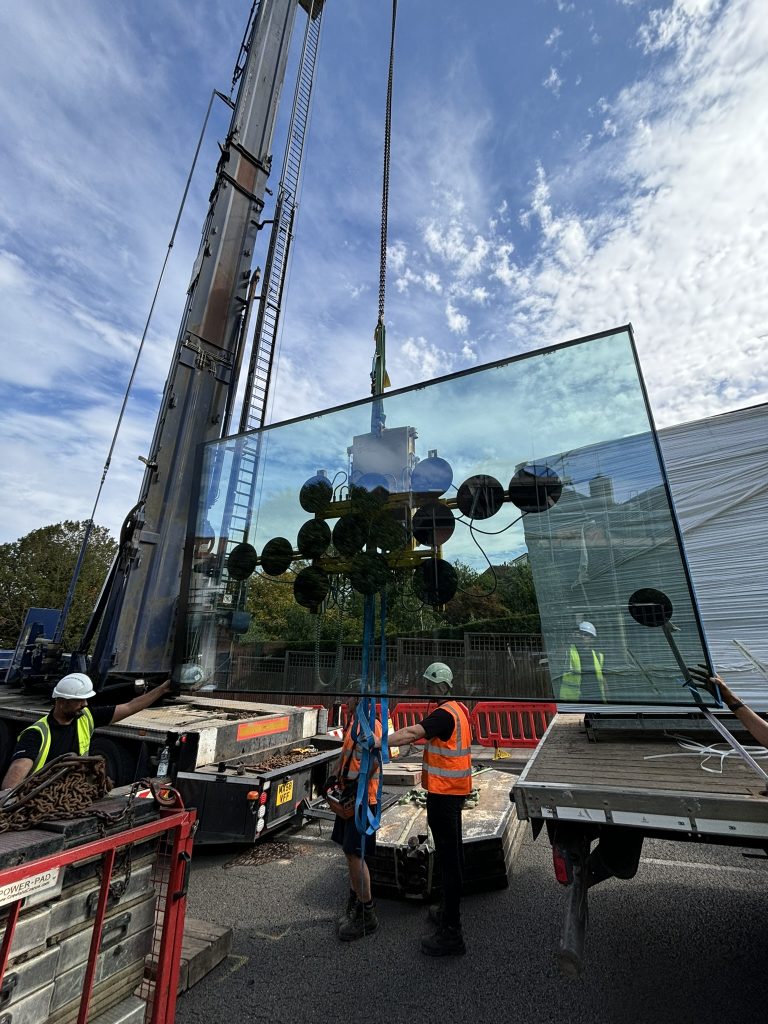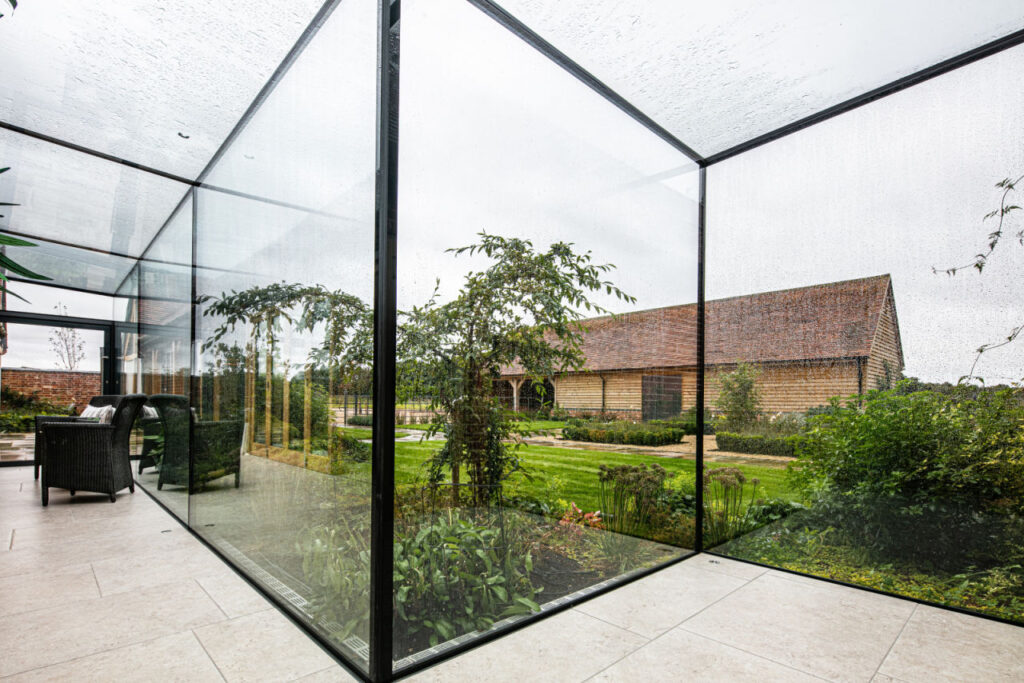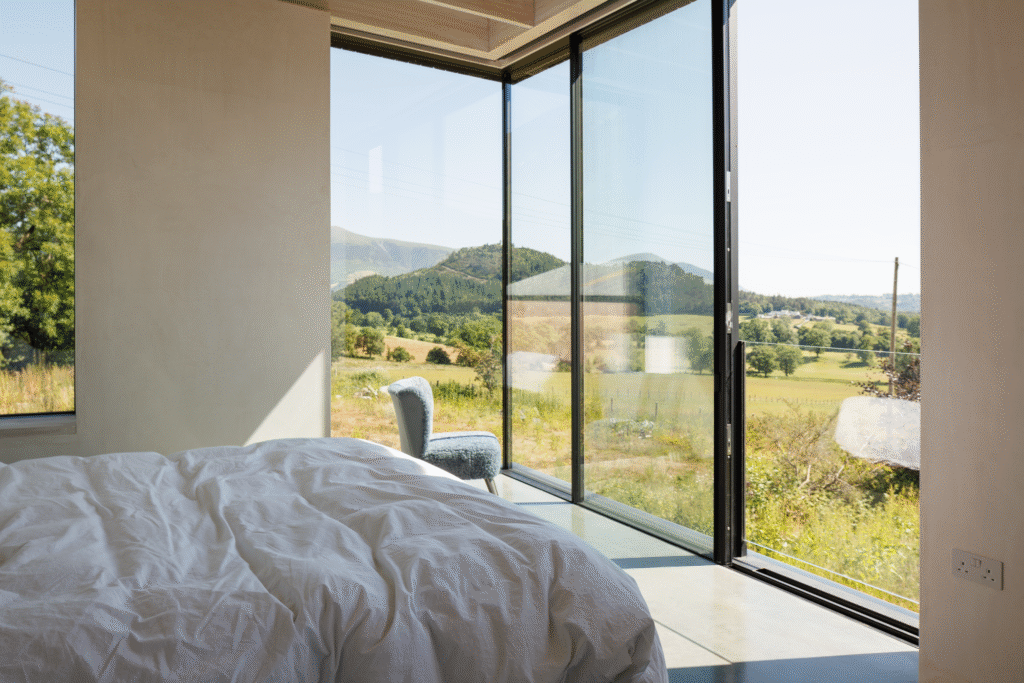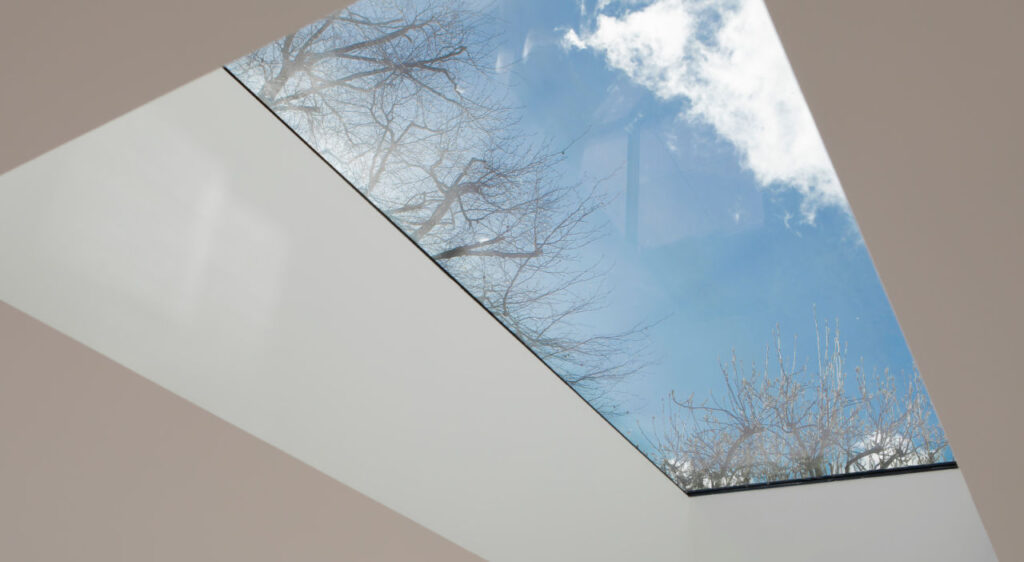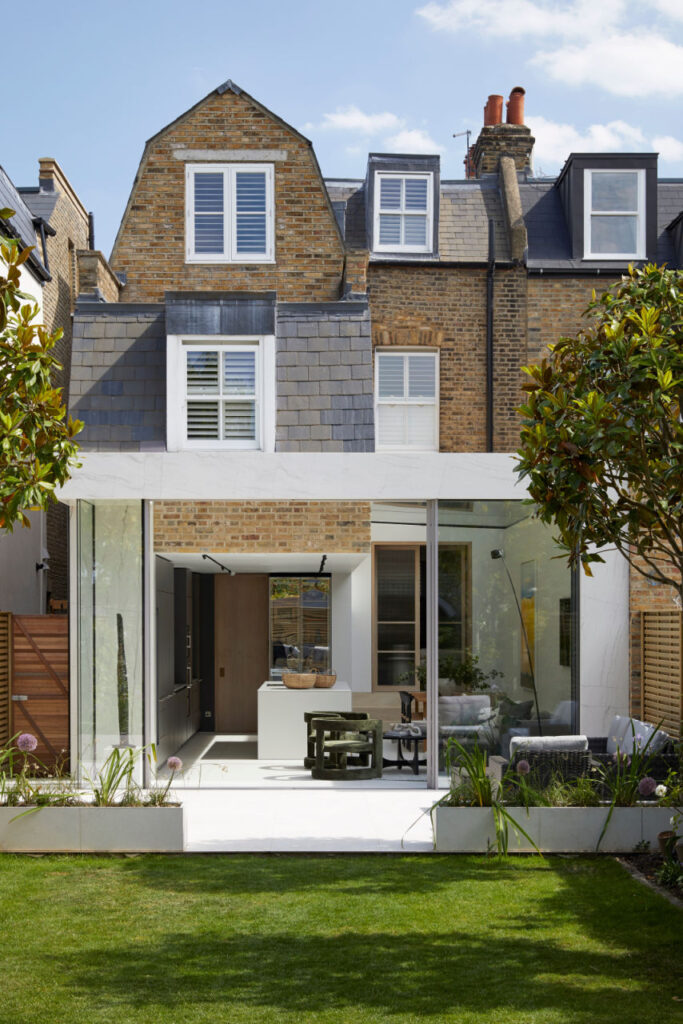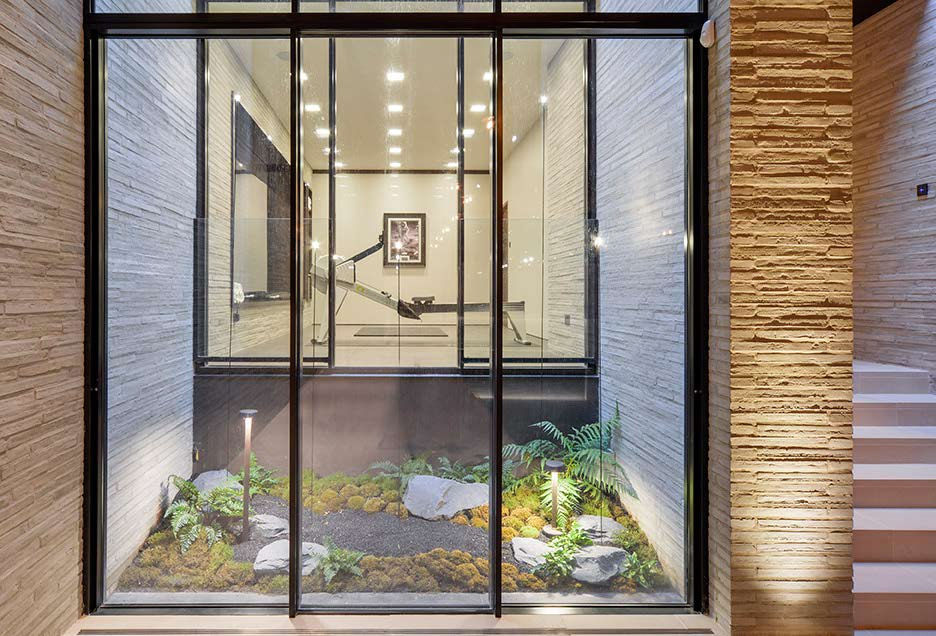A Short History of Cantifix
Our story started nearly 40 years ago & is still being written today, with each chapter demonstrating our dedication to high-quality bespoke glazing.
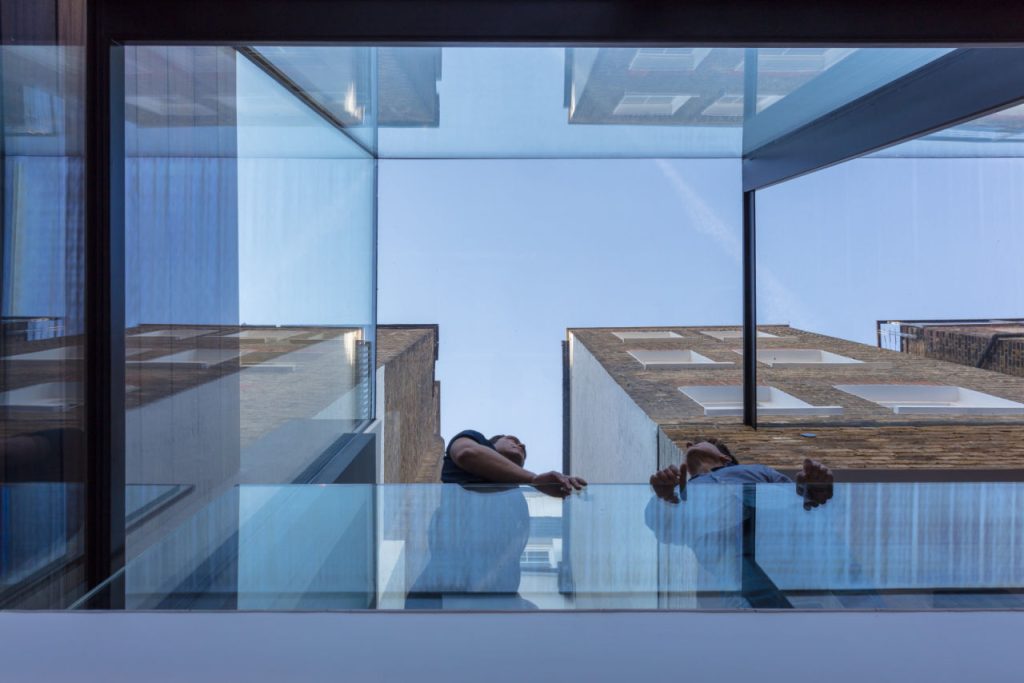
Once upon a time, there were three brothers; the oldest was Charlie Sharman, the youngest was William Sharman, and right in the middle was Matthew Sharman. Together, over 40 years and with the help of some of the most talented professionals in the construction industry, they pioneered the concept of structural glazing, transforming it from a futuristic-but-impractical idea to a groundbreaking reality that opens the door to almost unlimited possibilities.
This is the story of Cantifix and the journey it has been on – told using the stand-out events that helped to shape it. But far from being a tale relegated to the history books, this is a tale that continues to be written today, driven by the enthusiasm of our clients, the talent of our team, and the constant pestering question: what can we do next?
We begin with the beginning, 1986. It was a decade of great fashion, but for Cantifix it was the start of the story.
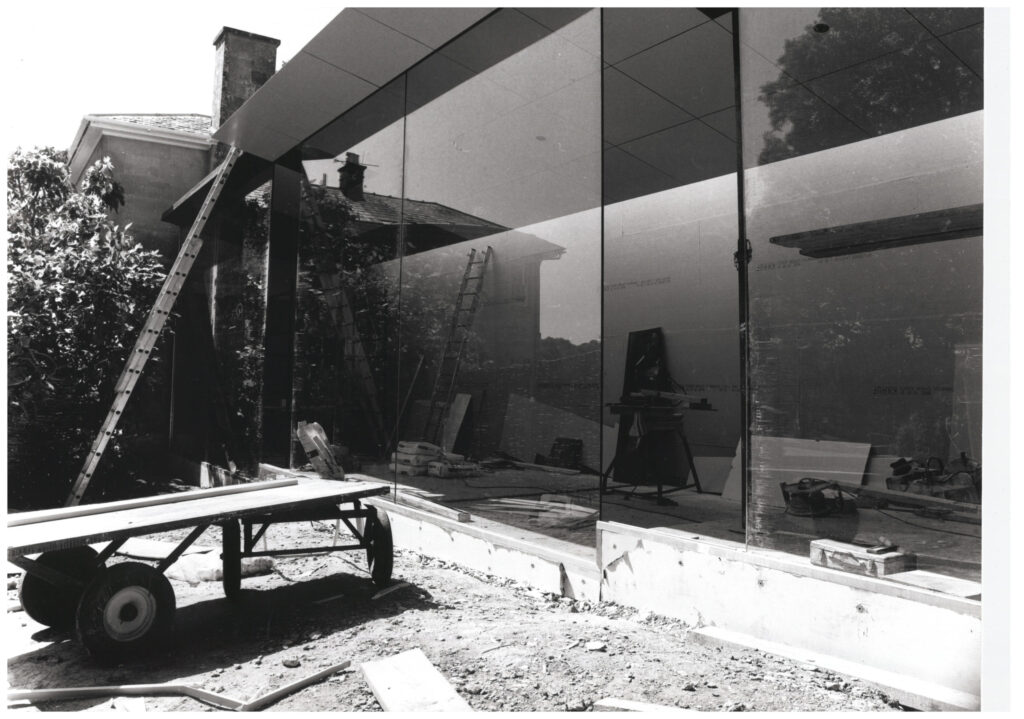
1986
Cantifix has always been a glazing company. The difference between then and now is that back in 1986 the glazing was far more humble, attached to aluminium-framed conservatories that were all the rage at the time. Responsibility for selling, designing and building these domestic installations fell to a small team of just five, including the company’s founders Charlie and William Sharman who started the company while Matthew was forging his own path in the world of finance. Putting that staffing figure into context, today, Cantifix employs 45 people, nine times the number 40 years ago.
1991
It was a rainy Tuesday morning when Czech architect Eva Jiřičná phoned the boys up and changed the course of Cantifix forever. She asked a question that seems so simple and straightforward to us now, but in 1991, it was uncharted territory: can you build an outdoor room made entirely of glass? For context, up to this point, all glazed structures – whether a conservatory or a greenhouse – needed a robust framework in place to prevent it from falling over! Despite that anxiety-inducing fact, Charlie’s words were simple: “it seems like fun, so our answer is yes!”
Nothing like this had been attempted before (and stood to tell the tale), but Eva Jiřičná’s outdoor room became the exception to the rule. Then, as word spread that Cantifix was making frameless structural glazing a reality, the rule changed and became “anything is possible with Cantifix”.
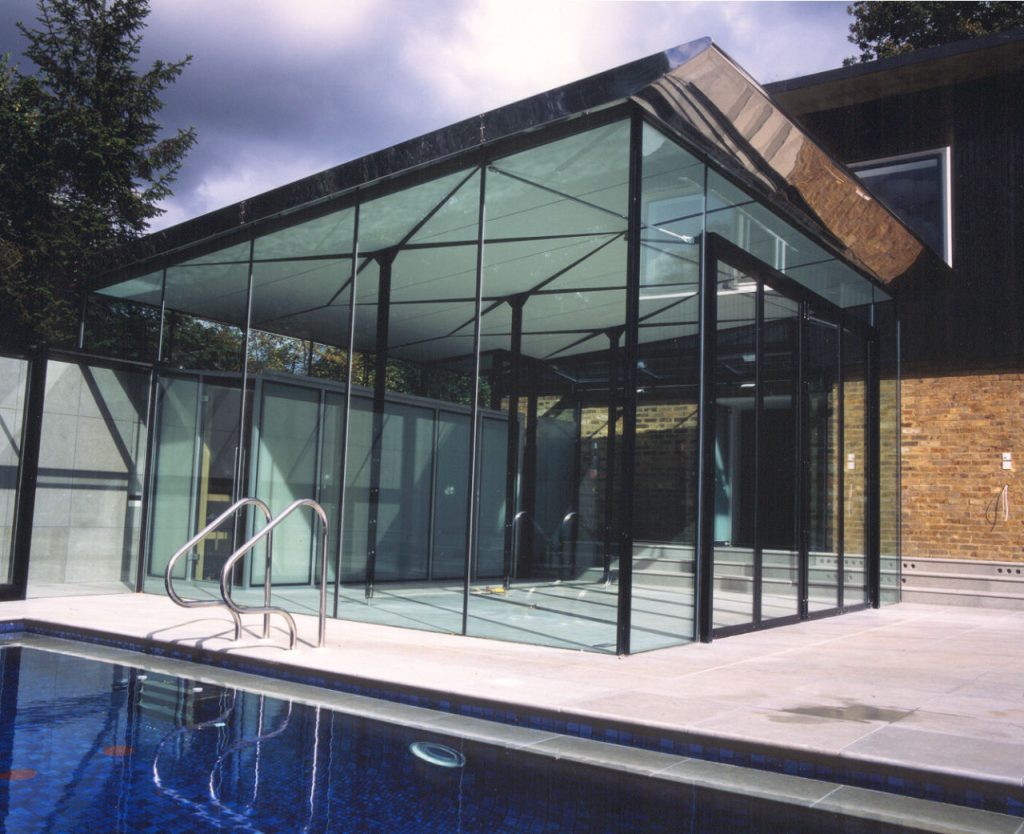
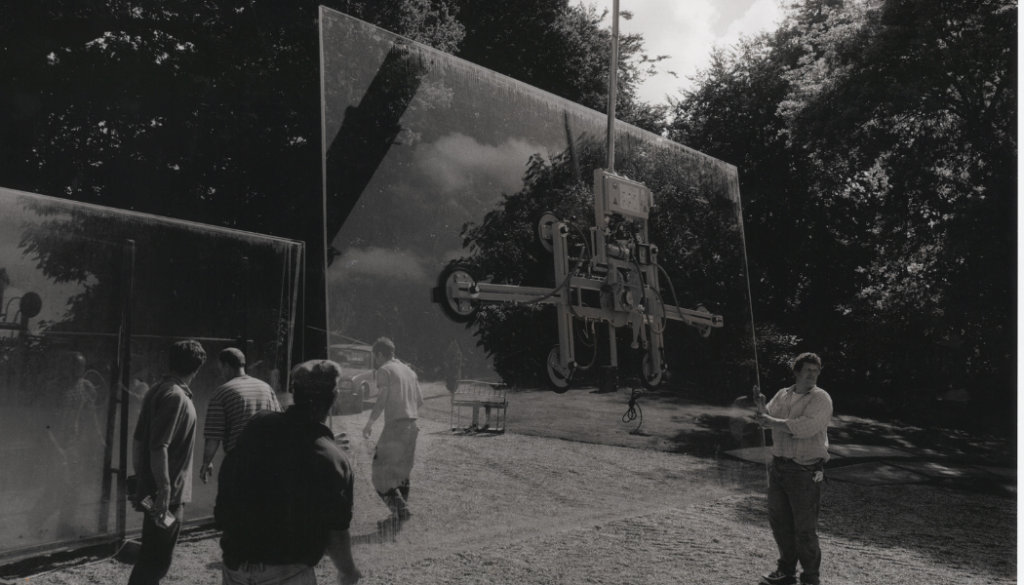
1992
A year on, and Cantifix’s biggest project to date was nearing completion: the Metro Photo Studio at Clerkenwell. For Charlie and William, this was an era of experimentation. It is for that reason that the two Sharman brothers fretted nervously about whether the glass roof could hold its own weight, let alone the weight of a fully grown human. That fear was quickly concluded when a scaffolder absentmindedly stepped off the boards and onto the glazing. Phew! It held and is still in place 32 years later.
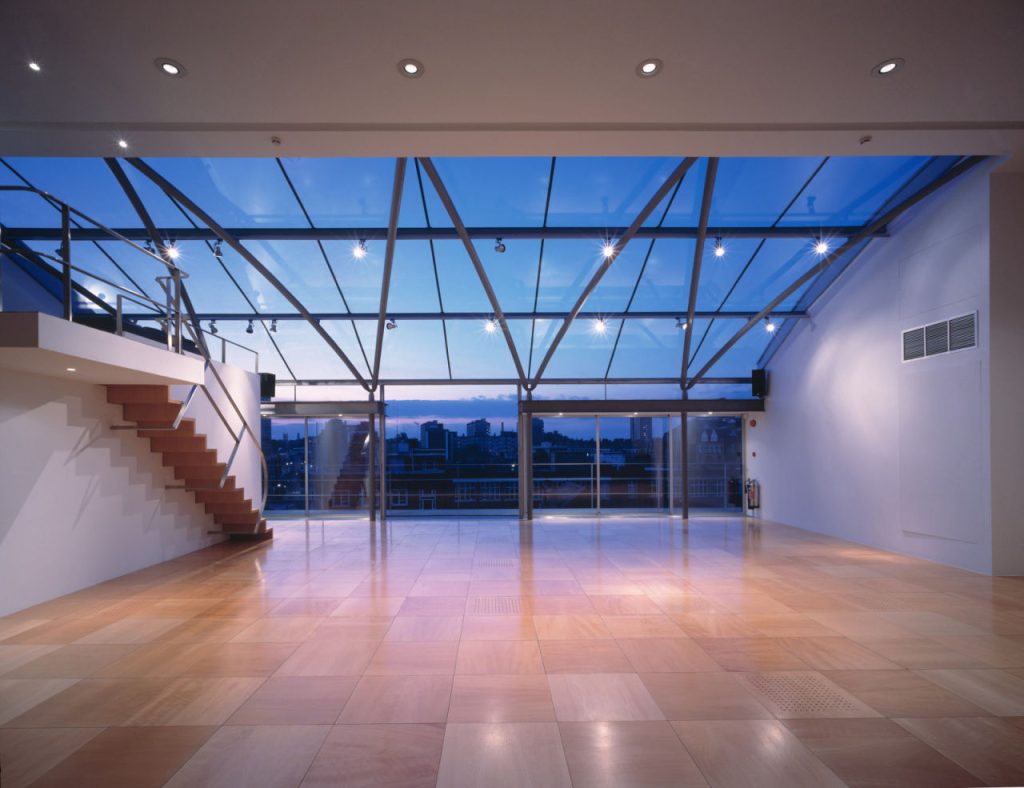
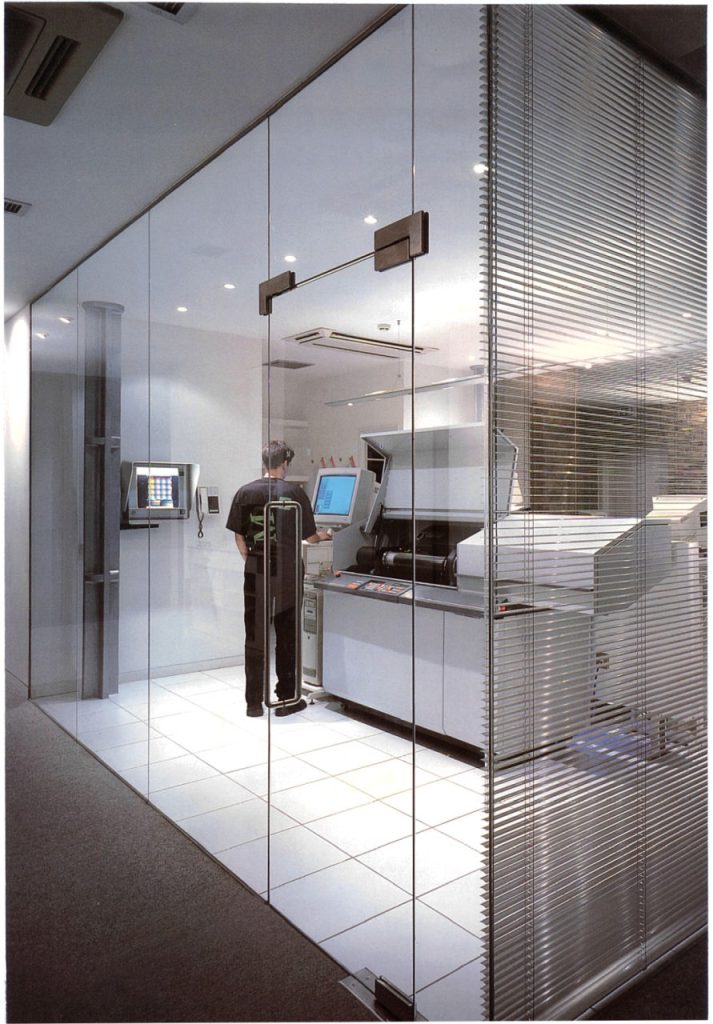
1995
Just like when Dylan went electric, our decision to go commercial with our bespoke glazing solutions was a defining moment. Unlike Dylan’s shift, which deeply divided opinions, ours was popular from the very start. No longer was glazing excellence reserved for one-off, gigantic projects; from 1995 onwards our products could be designed and installed on a domestic basis, offering a stylish alternative to the traditional conservatories from yesteryear.
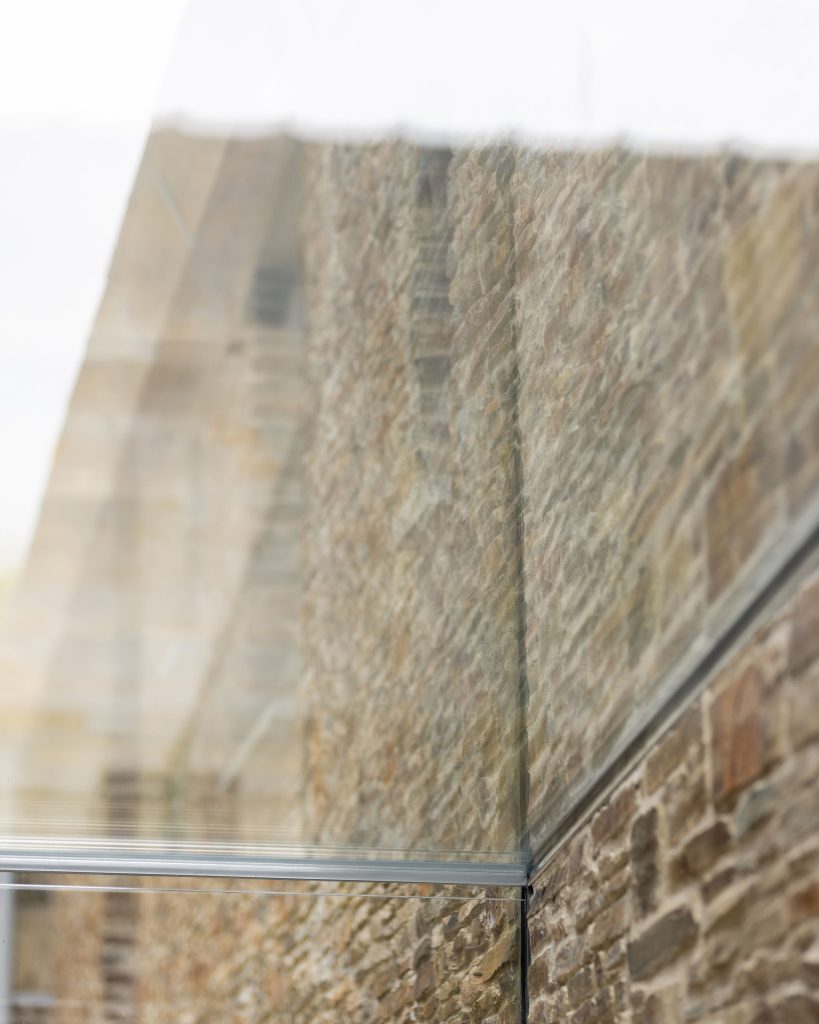
2001
Few institutions are as warmly regarded as English Heritage, trusted custodians of some of the nation’s most beloved sites, including Stone Henge and Dover Castle. As the 21st century got underway, we were asked by EH to create a beautiful glass link for the organisation’s headquarters. That’s exactly what we did. The building is a 19th-century piece of architecture, so it was important to demonstrate how our modern glazing could tastefully complement the existing structure, retaining all of the charm inherent in a building of this age. Why was this project important? Because it demonstrated the versatility of our products and the considered approach of our team – two things that continue to be recognised today.
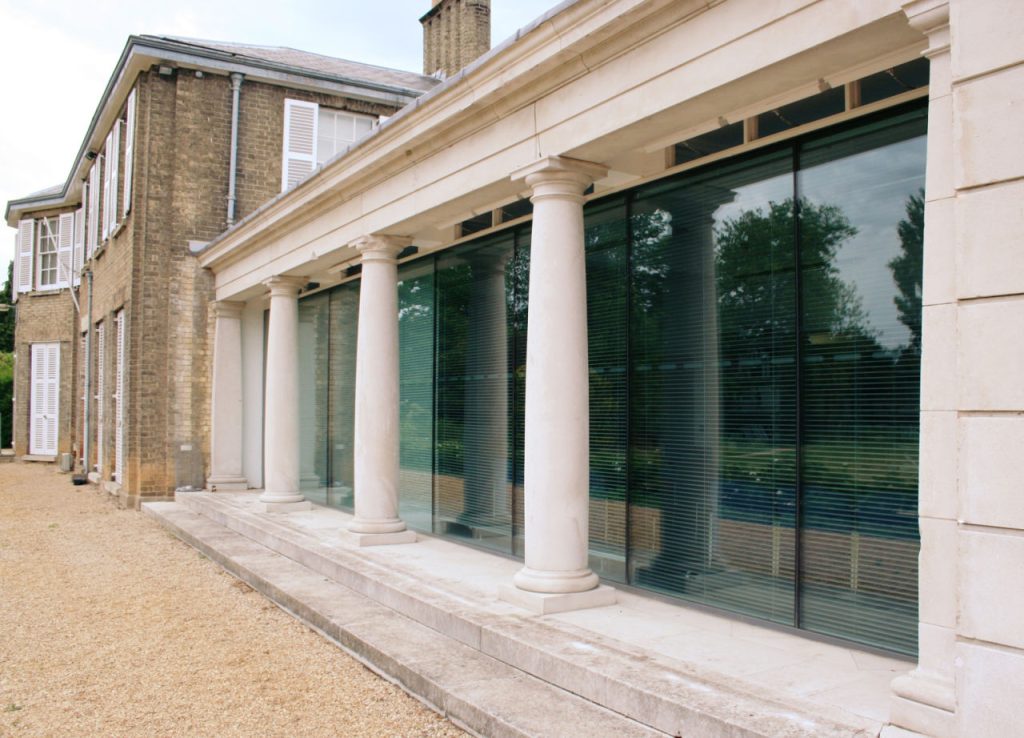
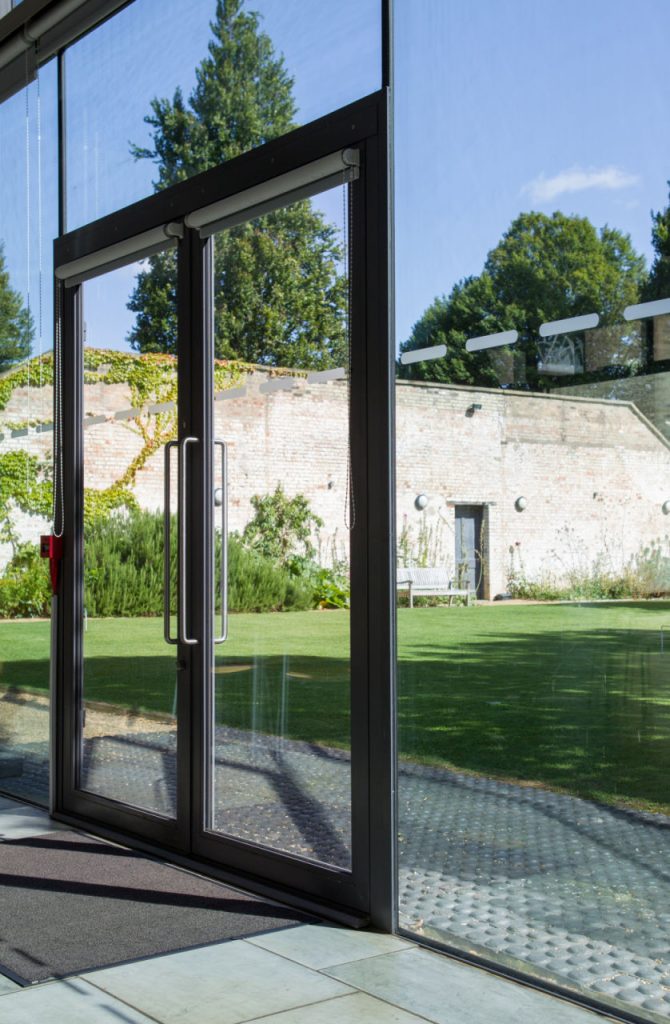
2008
“This might sound crazy, but do you want to join Cantifix?” These were the words spoken by Charlie to Matthew in 2008. The company was 16 years old, and both William and Charlie recognised that the addition of Matthew would give it the stable-minded approach necessary to navigate the next 16 and beyond. Aside from recognising that his brothers were much more intelligent than he’d been giving them credit for, Matthew also recognised the many challenges and opportunities facing Cantifix. He was ready to take them on with full gusto!
2013
This was the year that Cantifix launched the Photon Space. It was an idea that came from Charlie’s son, George, who conceptualised a living space made entirely from glazing. The team made it a reality, placing it at the heart of London Design Week, attracting a lot of attention. So much attention, in fact, that Oxford University asked to borrow the structure to study the many benefits of natural light on the human body. On the Danish island of Bornholm, scientists were able to confirm what we had known for a long time – natural light is indeed very beneficial.
The research obtained from this led to us developing the first ever glass offering specifically designed to harness the health benefits of natural light: Solstice glass.
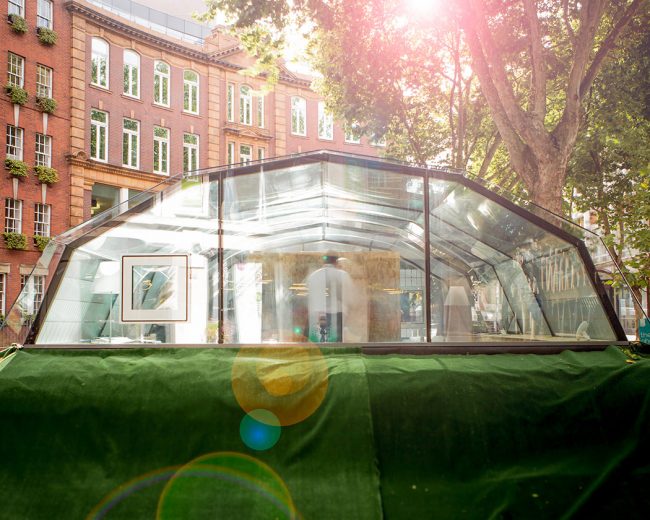
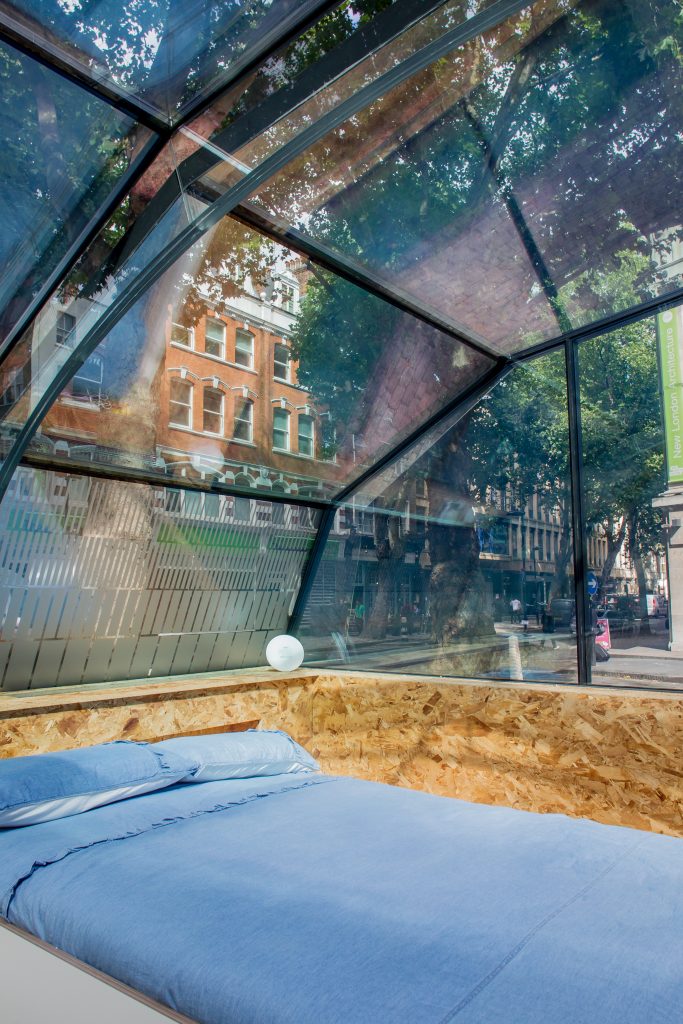
2019
Over four decade, we have worked on a lot of projects that have shaped the London skyline, from Aldgate to Leicester Square, but few are more iconic than the redevelopment of Battersea Power Station. Originally built using more than six million bricks, it is recognised as the largest brick building in Europe, and – of course – featured on the cover of Pink Floyd’s Animals album (with the inflatable pig which floated off and landed in a very unhappy farmer’s field). To help breathe new life into Battersea, we launched a new range of opening rooflights that had minimal framing, allowing the site’s occupants to admire the gigantic chimney stacks wherever they are on the site.
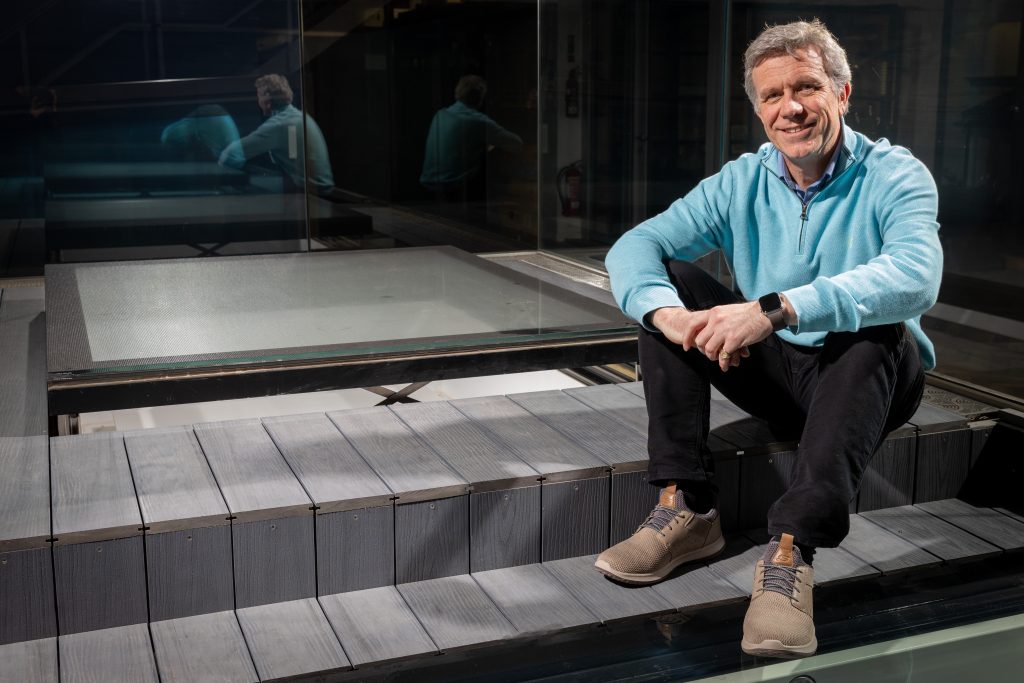
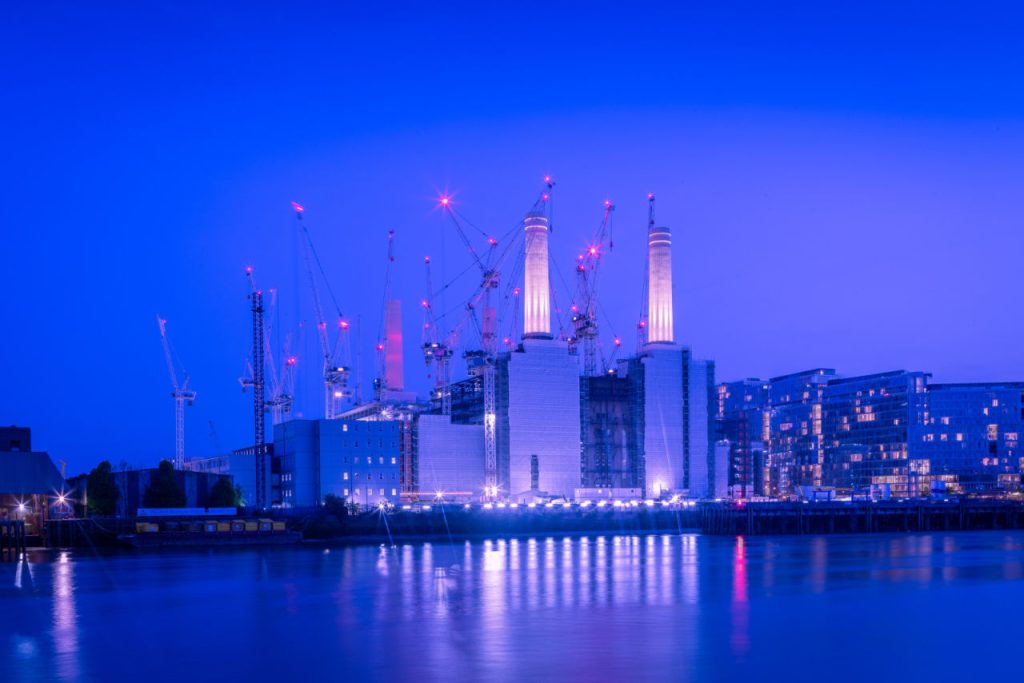
2022
Younger siblings always get the hand-me-downs. But in this case, William taking over as CEO from Charlie was less about inheriting something moth-eaten and grass-stained and more about continuing to carry the torch of bespoke design onwards. Despite stepping down from the role, Charlie is always on hand to provide perspective and opinions, and both William and Matthew are more than happy to receive them.
Bigger isn’t always better, but at the Emily Hobhouse Museum in Cornwall, along with the help of Sedak, we designed and installed the largest single pane of glass (20m-wide glass) that had ever been used as part of an architectural project in Europe. A lot of blood, sweat, tears and planning went into that project, but it is absolutely phenomenal (even if we do say so ourselves).
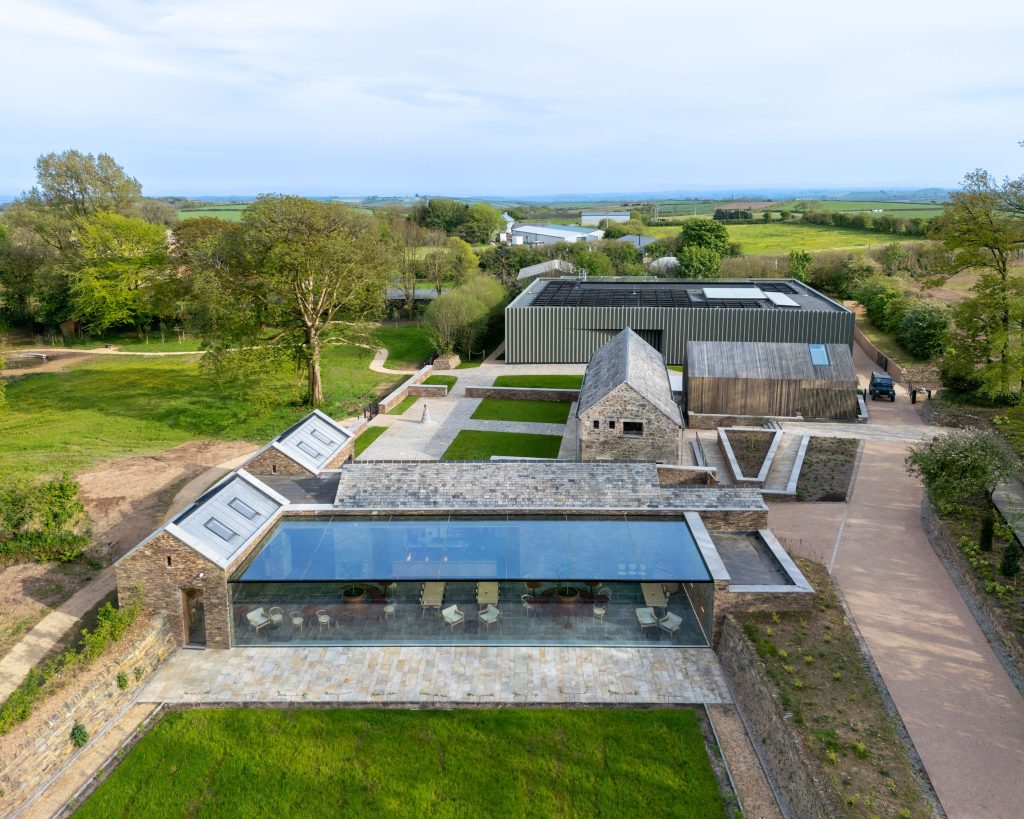
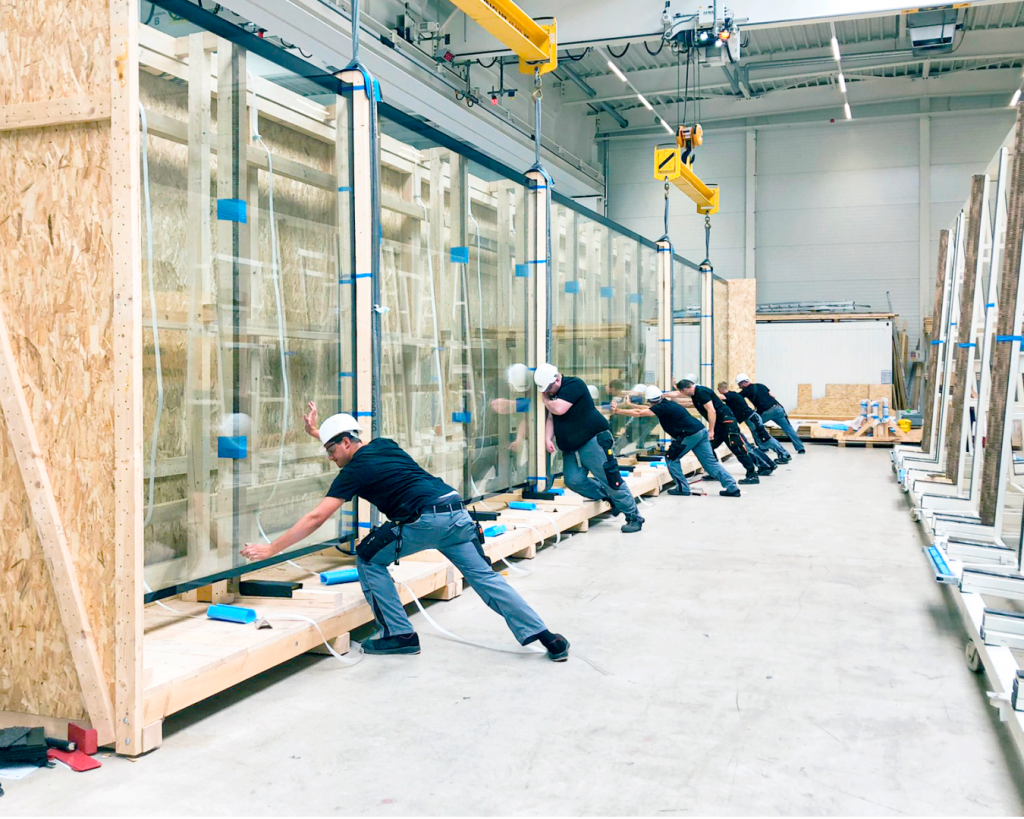
2024 and beyond
The 40 year mark is quickly approaching, and the time has truly flown by, filled with exciting projects that pushed the boundaries of what was possible, resulting in some seriously special architectural contributions. We’re not one to blow our own trumpet – which is why picking up lots of lovely awards is so handy. What’s next? You tell us – get in contact with our team today. Let’s make history a reality.
Want to read more about all of the times when Cantifix did something for the first time? We’ve got a blog post all about it.
